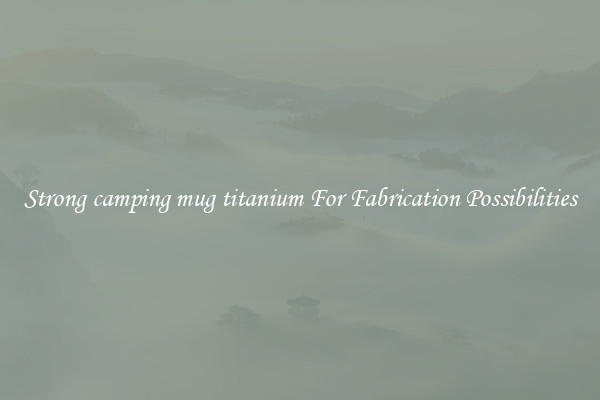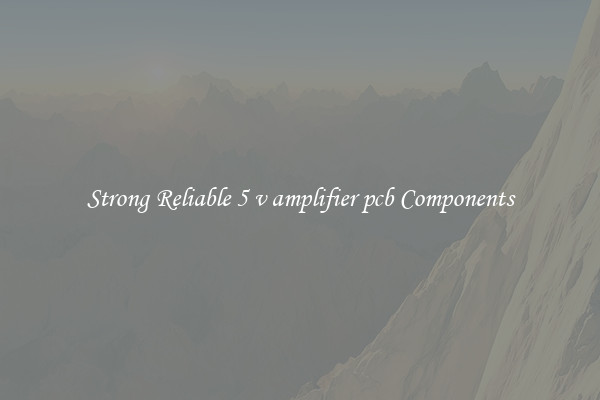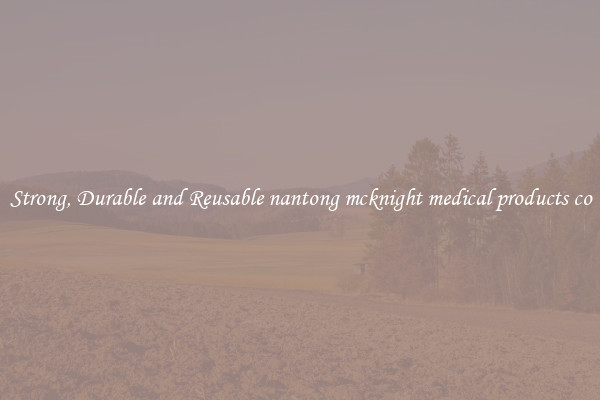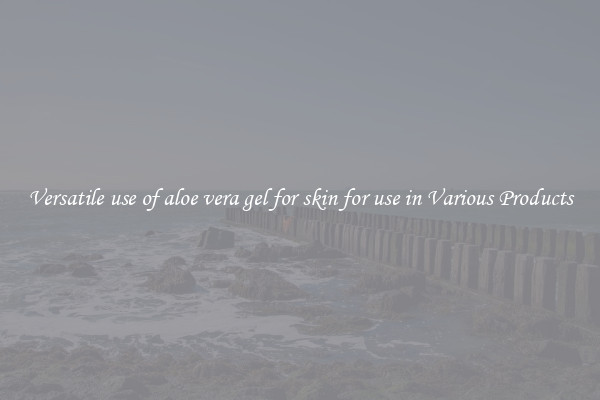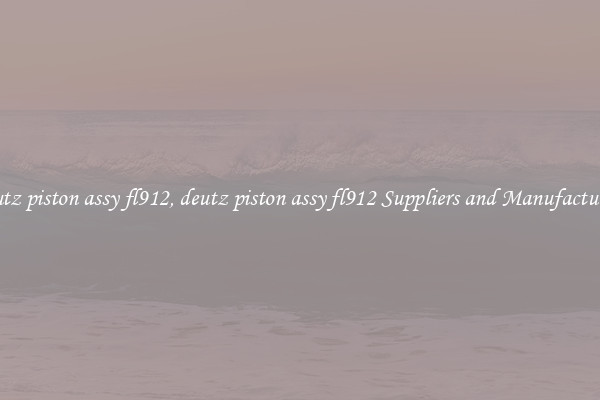Strong ocean big 5 For Fabrication Possibilities
The ocean is a vast and mysterious place, teeming with life and potential. Among its inhabitants, there is a group of organisms that hold special significance due to their incredible strength and durability. Known as the "Strong Ocean Big 5," these organisms have caught the attention of scientists and engineers alike for their potential applications in fabrication.
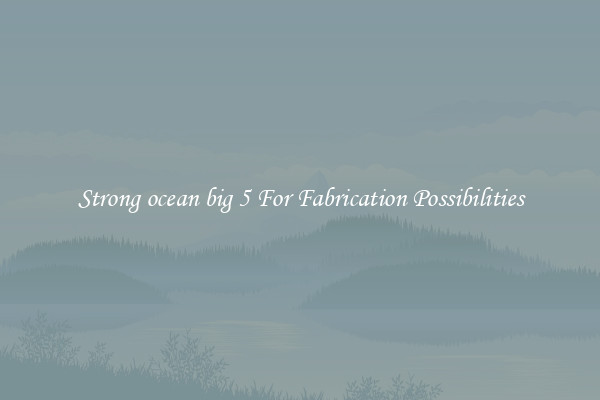
The first member of the Strong Ocean Big 5 is the mantis shrimp. Despite its small size, this remarkable crustacean possesses one of the strongest punches in the animal kingdom. The mantis shrimp's appendages can strike with the force of a bullet, capable of breaking through mollusk shells and aquarium glass alike. By studying the structure and mechanics of the mantis shrimp's appendages, researchers have gained insight into how such tremendous force can be achieved through a hierarchical structure of mineralized fibers. This knowledge has the potential to inspire the development of stronger and more durable materials for fabrication purposes.
Another member of the Strong Ocean Big 5 is the giant clam. These massive bivalves are known for their ability to create beautiful and sturdy shells from simple elements found in their environment. The clam's shell is made up of layers of calcium carbonate, which are arranged in a way that maximizes strength while minimizing weight. This unique design has prompted scientists to explore how it could be replicated in human-made materials, such as in the fabrication of lightweight yet resilient structures for various applications.
The third member of the Strong Ocean Big 5 is the hagfish. Although often regarded as a rather unappealing creature, the hagfish possesses a remarkable defense mechanism. When threatened, it produces copious amounts of slimy mucus that quickly expands when contacted with water, creating a robust and slippery barrier that deters predators. This self-defense mechanism has caught the attention of scientists looking to develop new materials with similar properties, such as self-sealing or anti-fouling coatings, which could have significant applications in various industries, including medical and maritime.
The fourth member of this distinguished group is the sponges. Despite their relatively simple structure, sponges are incredibly strong and flexible thanks to their network of collagen fibers. These fibers give sponges the ability to resist external forces while maintaining their shape and integrity. Understanding the molecular structure and arrangement of these fibers could unlock new possibilities in the development of bio-inspired materials for fabrication, including lightweight composites with high strength and flexibility.
Lastly, the sea cucumber completes the Strong Ocean Big 5. Sea cucumbers boast a unique defense mechanism in the form of collagenous tissues that can change their stiffness on-demand. When threatened, a sea cucumber can transform from a soft and squishy creature to a rigid and sturdy structure within seconds. This remarkable ability has intrigued researchers who are exploring the potential applications of this adaptive behavior in fabricating materials with tunable mechanical properties.
In conclusion, the Strong Ocean Big 5 represent a group of incredibly resilient and durable organisms that have the potential to revolutionize fabrication. By studying their unique features and properties, scientists and engineers can gain new insight into the development of stronger, more lightweight, and more adaptive materials. From mimicking the structure of the mantis shrimp's appendages to exploring the properties of the hagfish's mucus, the possibilities for fabrication inspired by the ocean's strong inhabitants are both exciting and limitless.

View details
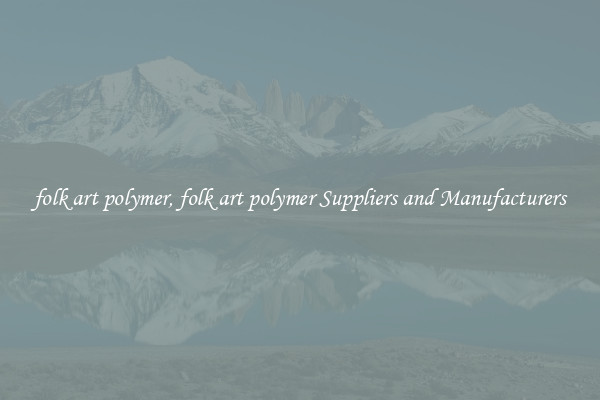
View details
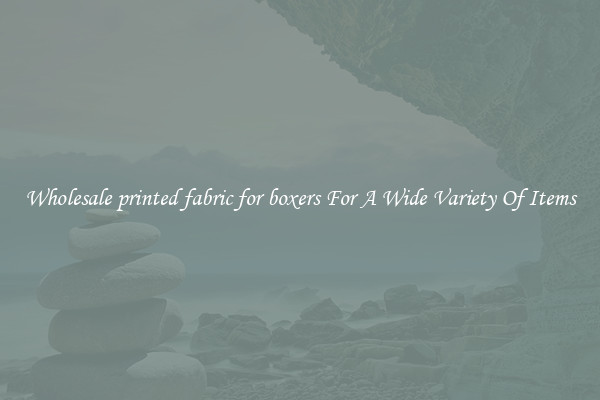
View details
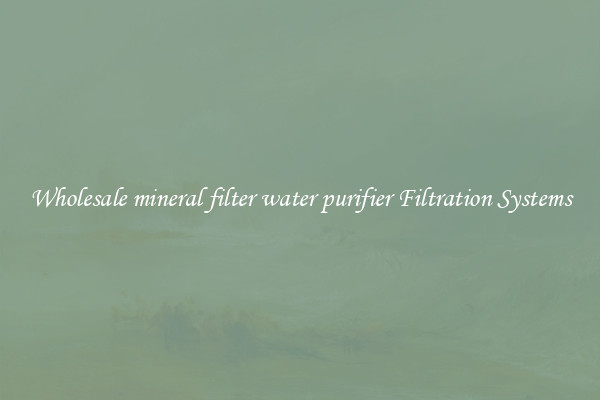
View details
